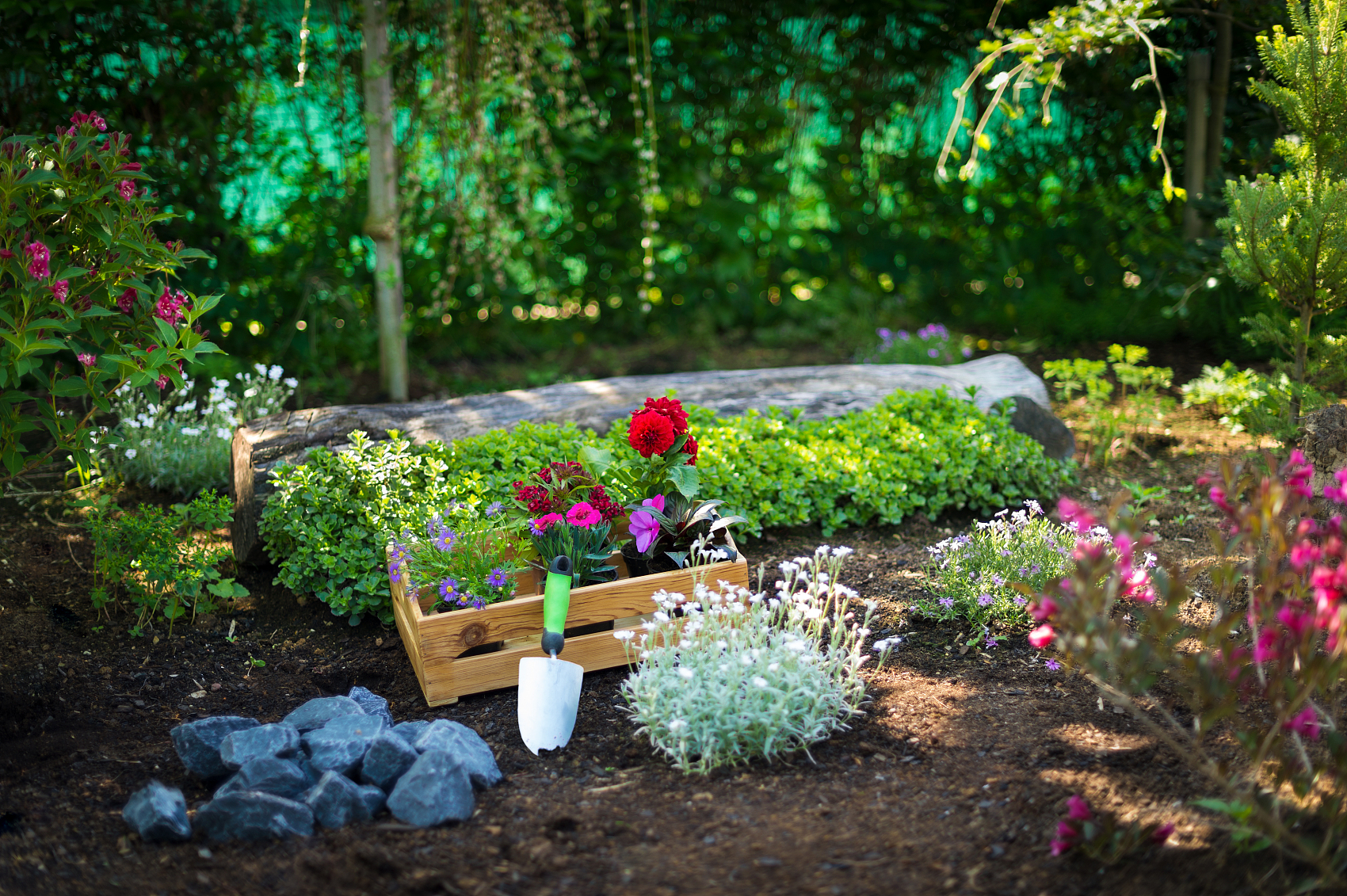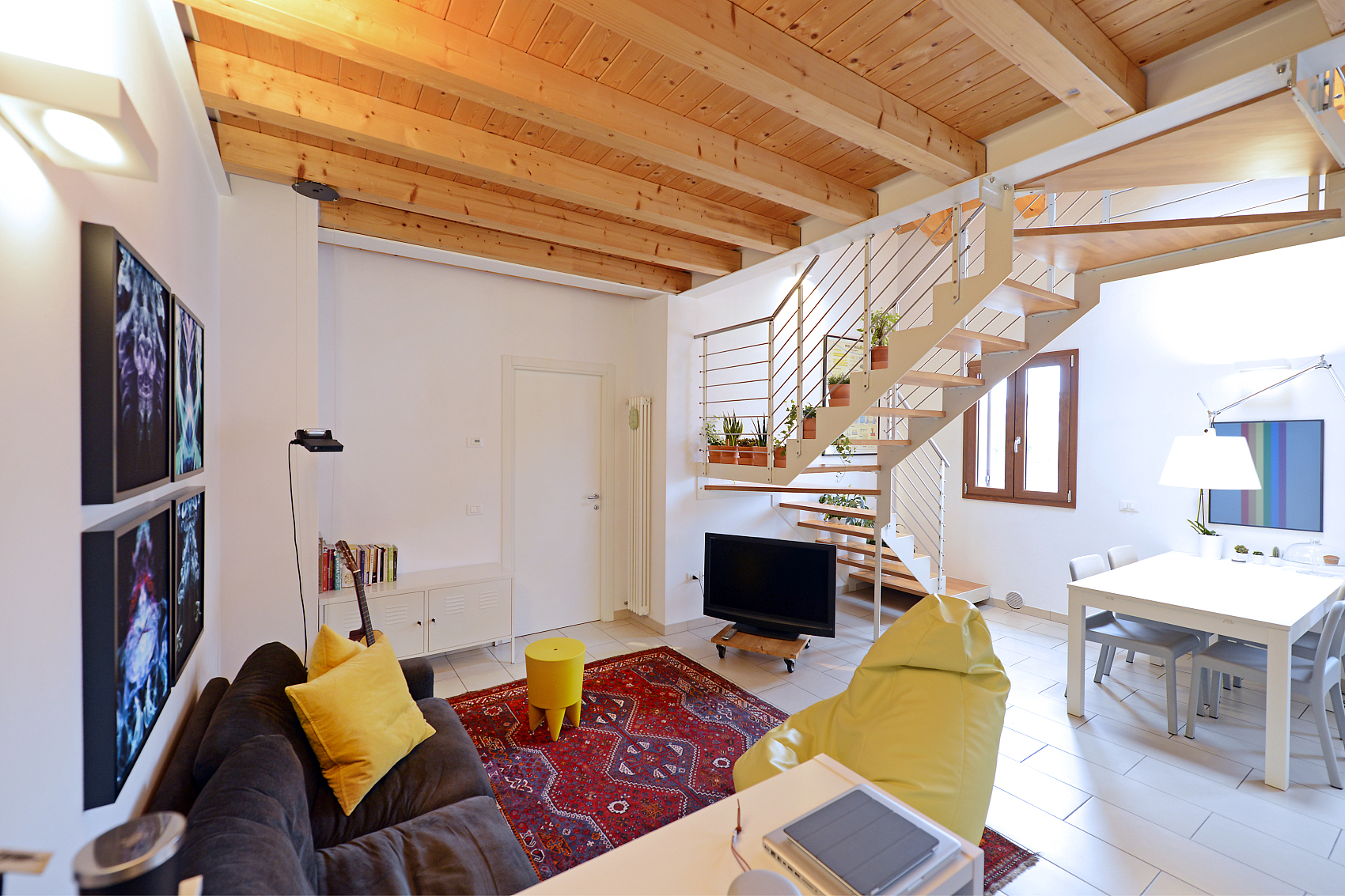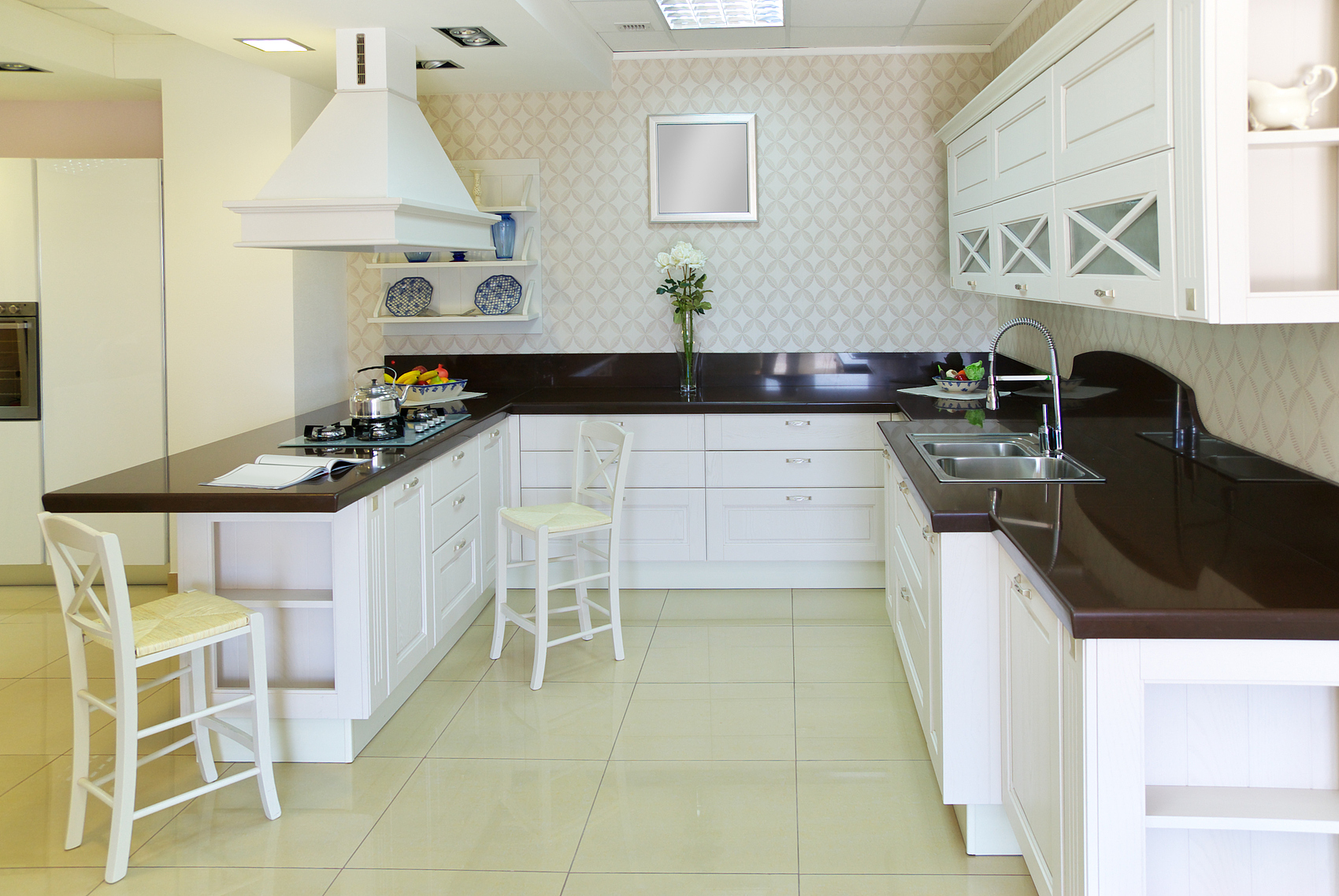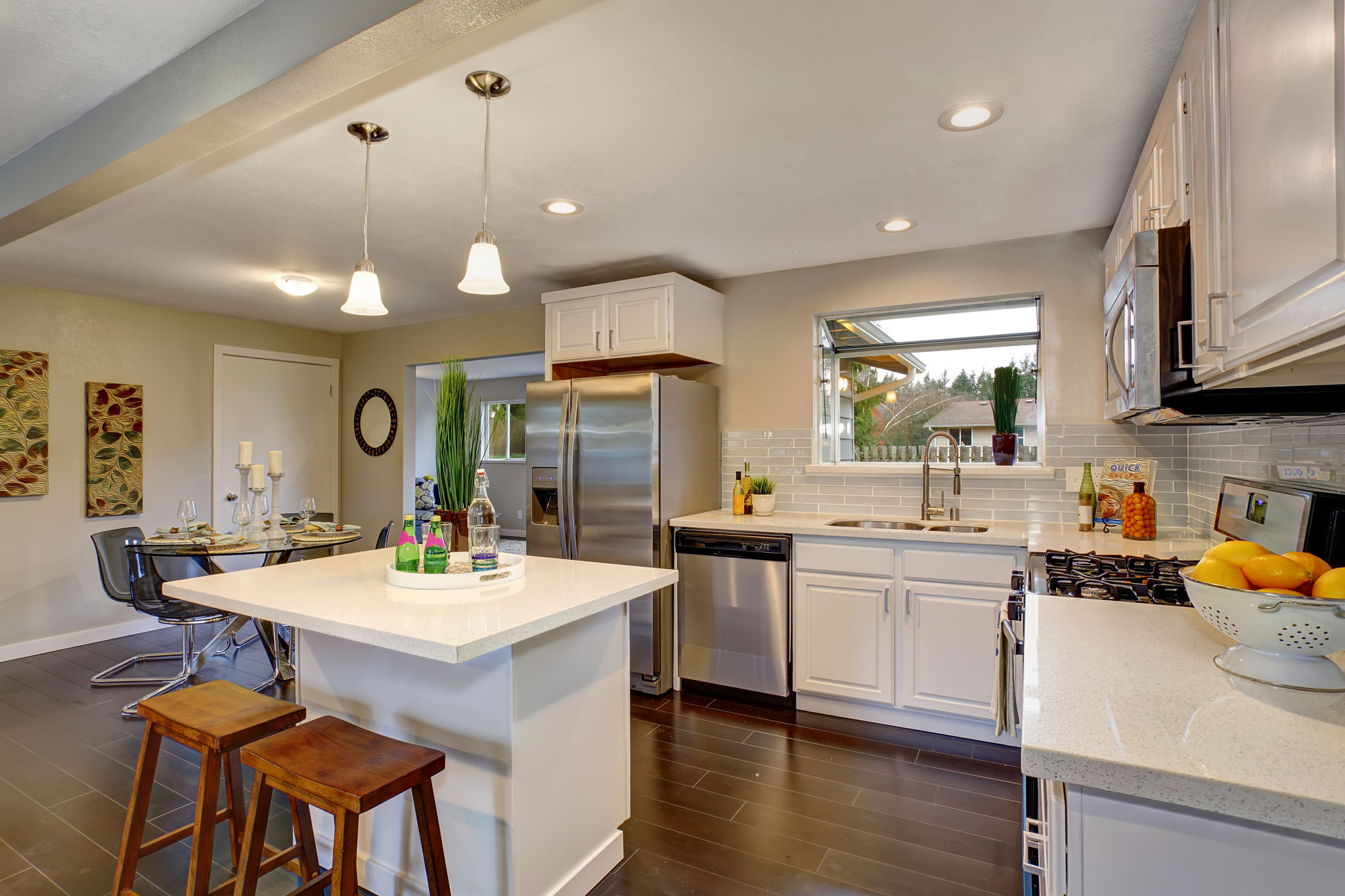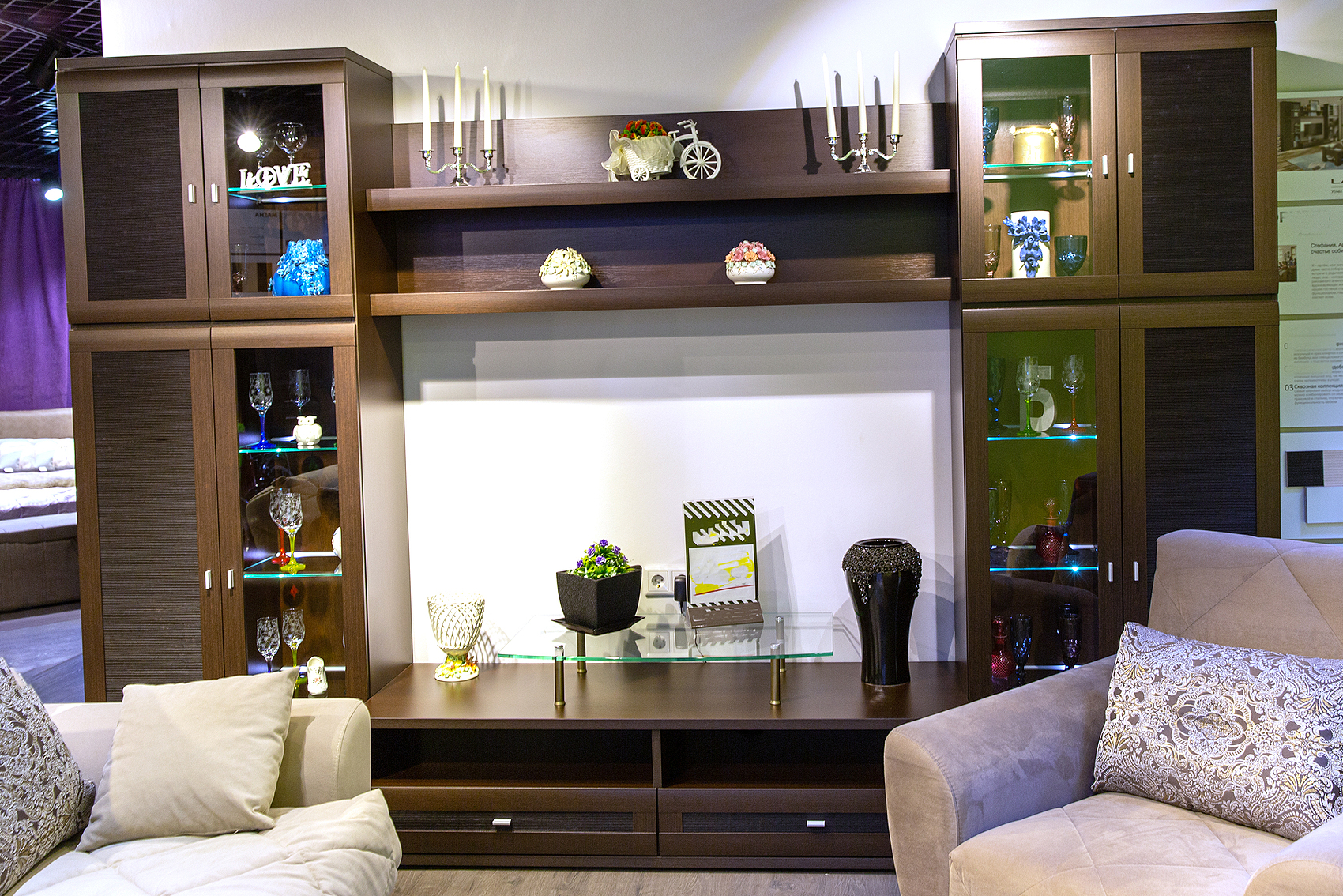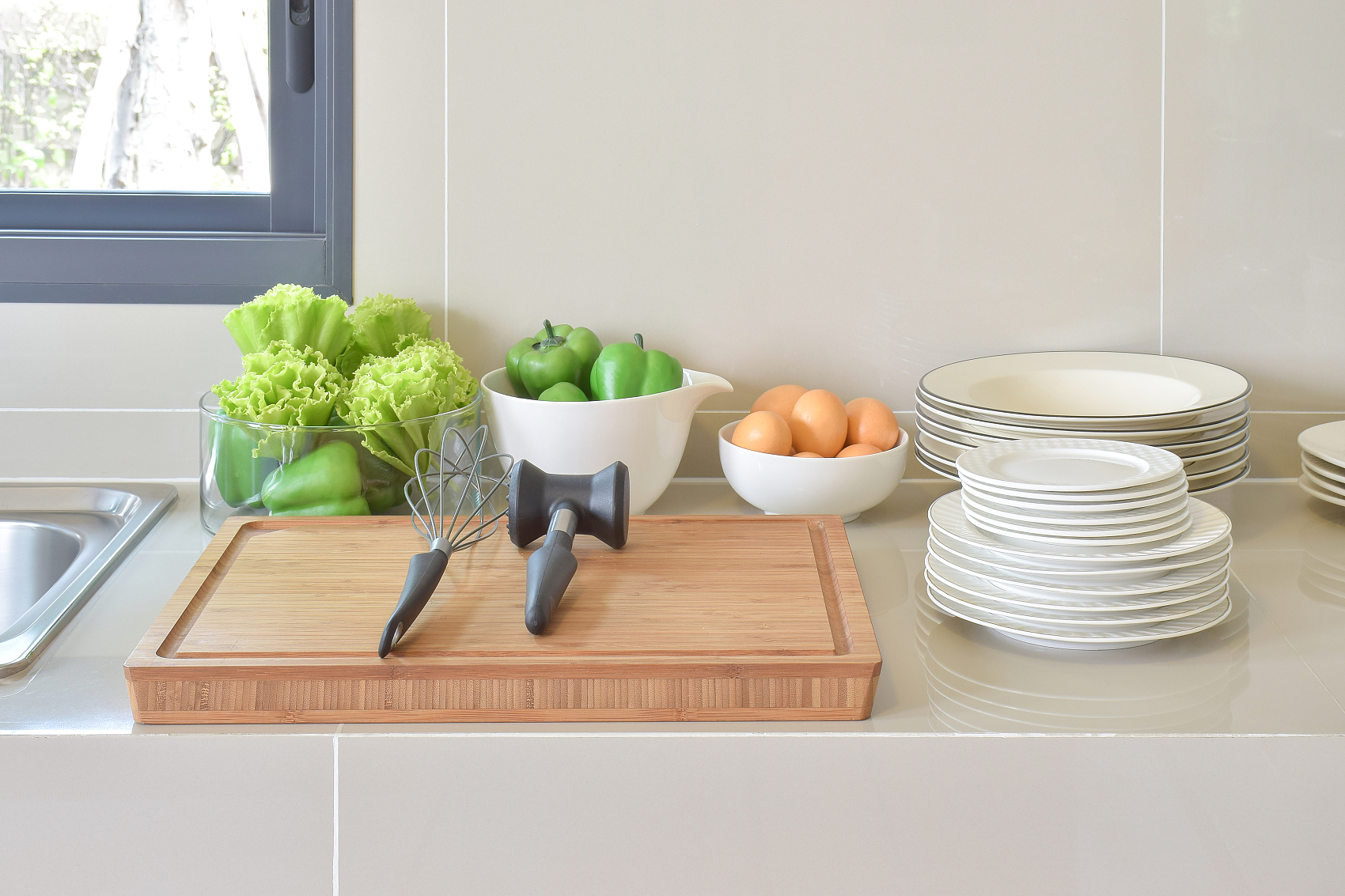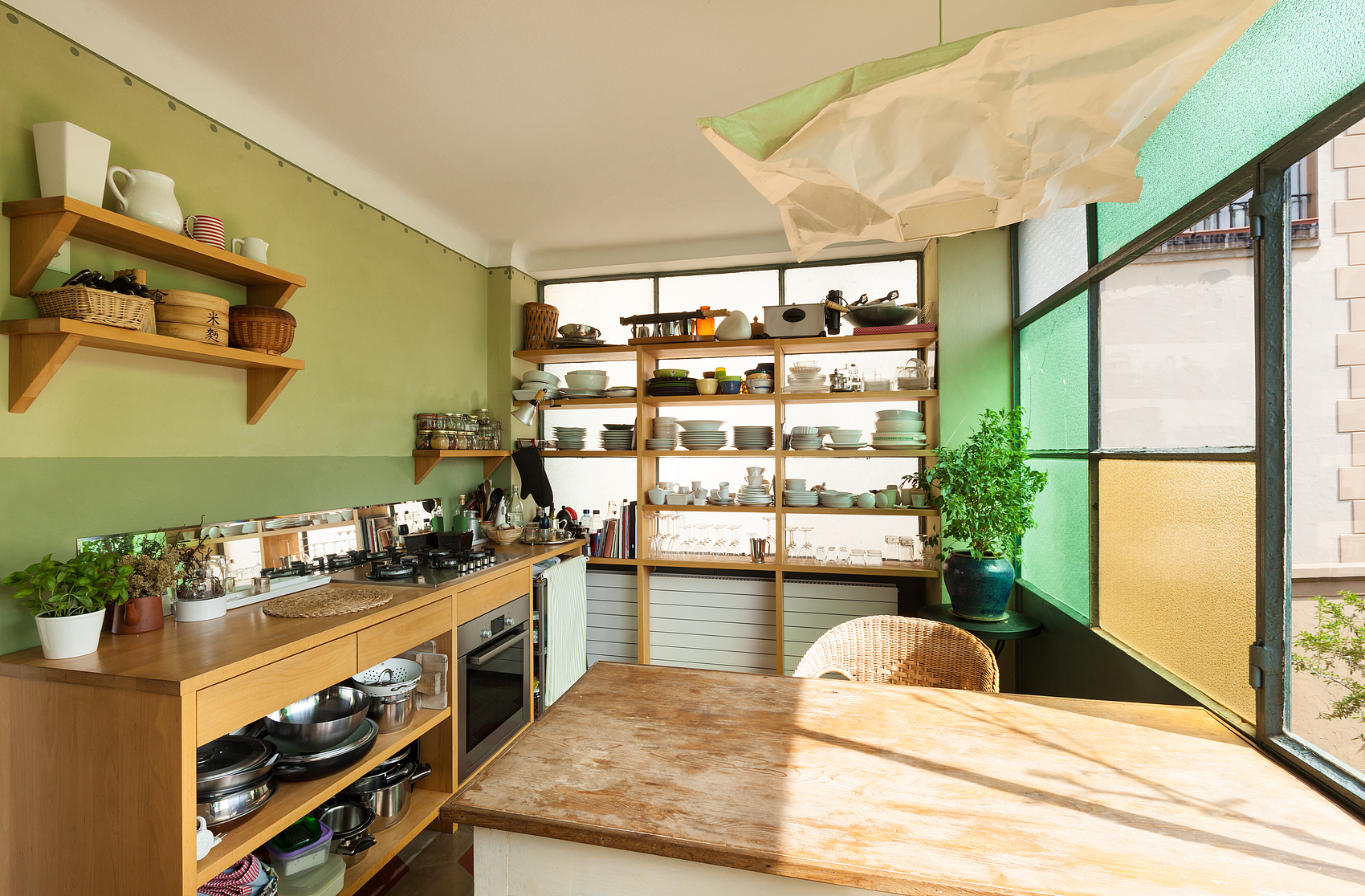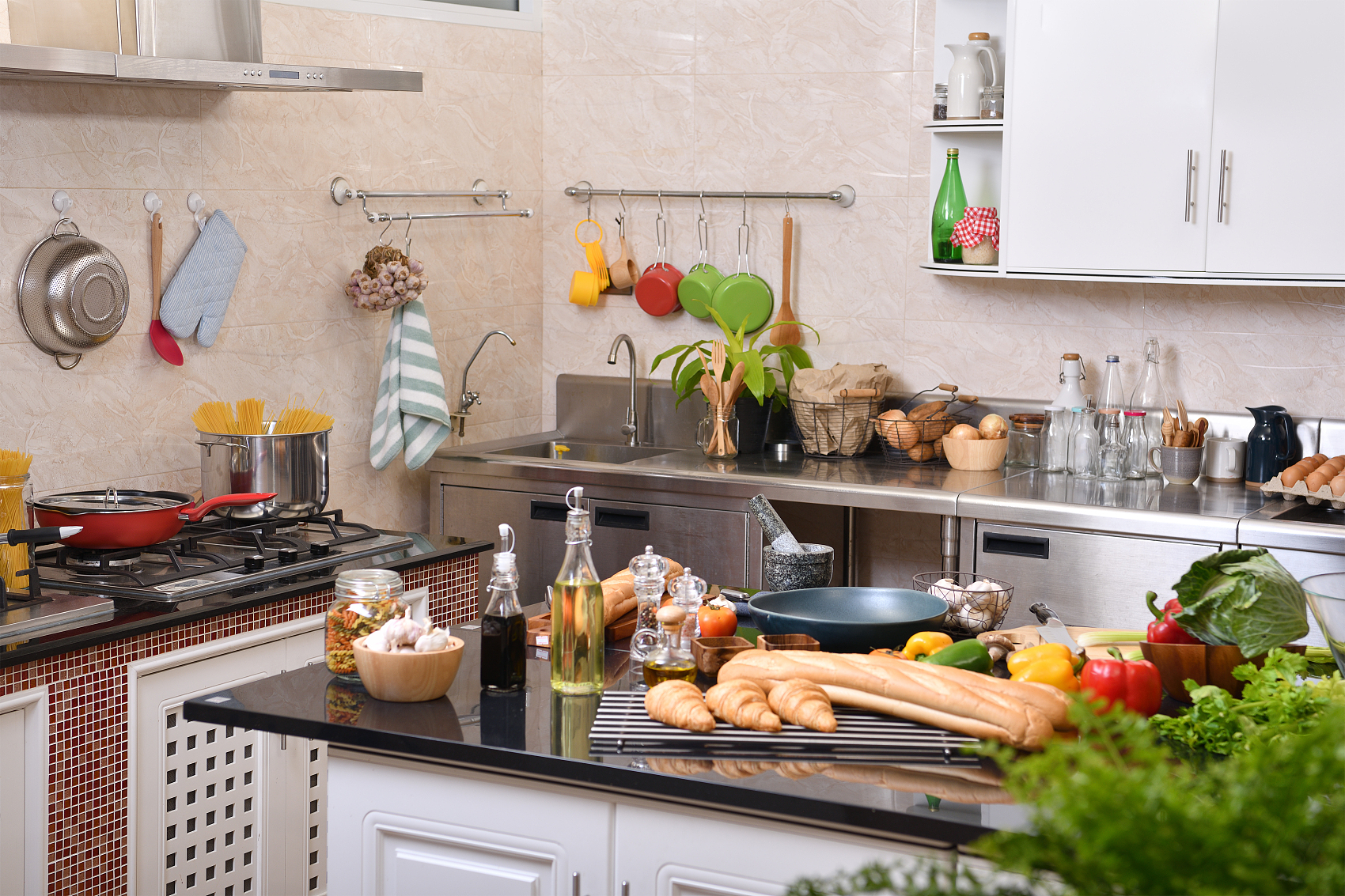Tiny homes are often seen as a dream solution for affordable, minimalist living, but the reality can be more complex than it seems. Whether you’re curious about tiny living as a full-time lifestyle or a part-time retreat, it’s essential to understand the challenges and rewards. We spoke to two tiny homeowners and experts to uncover the lessons they’ve learned and the advice they wish they’d had before starting their tiny home journeys.
1. Expect Hidden Costs
When Tammy Sons bought her tiny home on a lake in Tennessee, she encountered unexpected expenses that caught her off guard.
“I had no idea land prices had gone up so much,” she explains. “The septic system alone cost us thousands, and hiring a contractor for wiring wasn’t cheap either.”
While Tammy was fortunate enough to avoid financing these costs, she acknowledges that they could be significant hurdles for others.
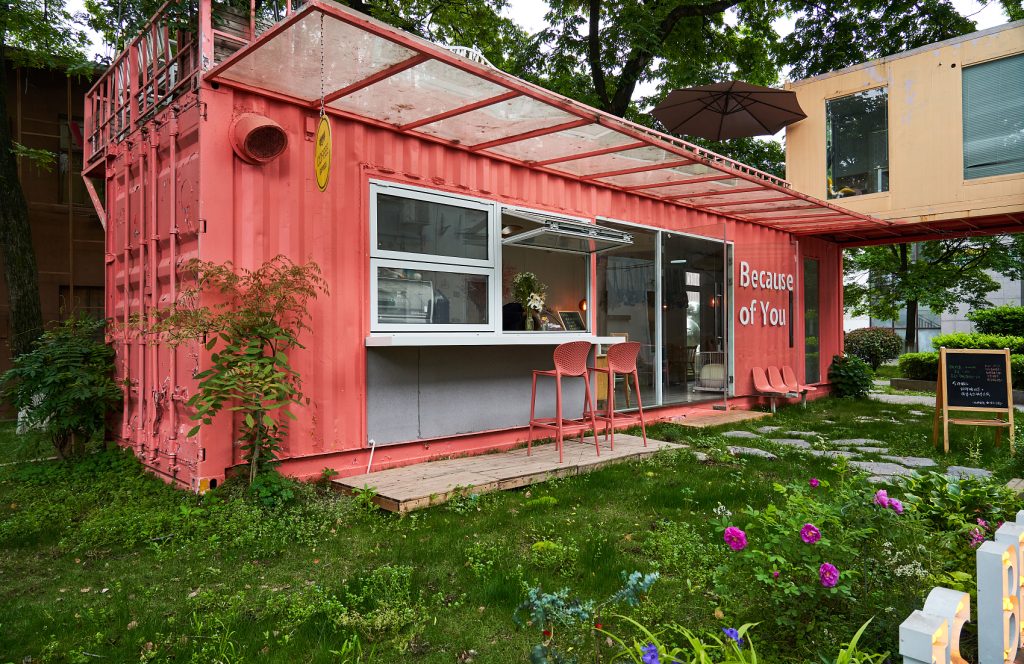
2. Design Wisely
With less than 400 square feet to work with, tiny home design can feel like a puzzle—and mistakes can have a big impact.
“Our kitchen takes up too much space,” Tammy admits. “That decision made our bedroom and bathroom much smaller than I’d like.”
Alaska Wagoner, a tiny home expert and founder of The Tiny House Concierge, suggests focusing on functional, attractive design choices. “In a tiny home, functional art is key. Everyday items like salt and pepper shakers can double as décor, making your space practical and beautiful.”
3. Maximize and Minimize
Smart storage is critical in a tiny home, but Alaska believes the real challenge is reducing the need for storage in the first place.
“Everything you own becomes a responsibility—you have to store it, maintain it, and eventually get rid of it,” she says. Her advice? Focus on keeping only what truly matters.
Tammy found success with practical solutions like under-bed storage and mounted containers, while Alaska keeps a laundry basket in her car to make donating unused items easier.
4. Think About Your Lifestyle
Adjusting to life in a tiny home takes time, especially if you’re using it as a primary residence.
Tammy, who uses her tiny home as a weekend getaway, sometimes feels the space is too small. “It can feel claustrophobic, but I remind myself to enjoy the time away,” she says.
For Alaska, tiny home living forced her to confront her habits. “If I left a towel on the floor, I’d trip over it in seconds. Overflowing the trash with takeout containers happened way too easily,” she shares. But over time, she adapted, developing better routines and finding the lifestyle rewarding.
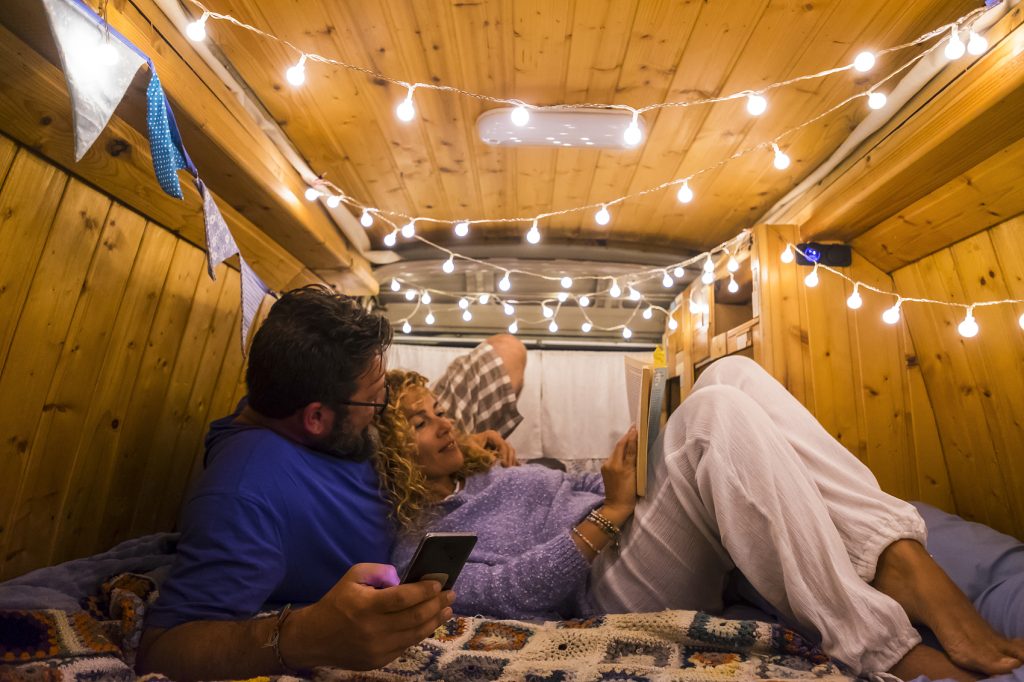
5. Decide if Community Living Is Right for You
Tiny home communities are growing in popularity, but they’re not for everyone.
“There are communities near me, but I haven’t joined one,” Tammy says. For now, she enjoys the peace and quiet of her tiny home, even if it means having less space for guests.
6. Learn from Mistakes
Tammy acknowledges that she’d do some things differently if she could start over.
“I’d prioritize a larger bedroom and bathroom and shrink the kitchen,” she says. Her advice to others? Research builders carefully. “Choose a reputable company and compare prices. Some builders use low-quality materials, like pressboard instead of plywood, which won’t last.”
7. Work with a Pro
Navigating the tiny home world can be tricky, especially since regulations and best practices are still evolving. Alaska emphasizes the importance of working with someone knowledgeable about the process.
“If tiny living speaks to you, don’t give up,” she encourages. “My life was expensive and overwhelming before, but now it’s simpler, more connected, and so much more fun. It’s the best decision I’ve ever made.”
Tiny home living isn’t just about downsizing; it’s a lifestyle shift that can be rewarding if you’re prepared. From budgeting for hidden costs to designing a functional space, these insights can help you make the transition smoother—and maybe even inspire you to take the leap.


